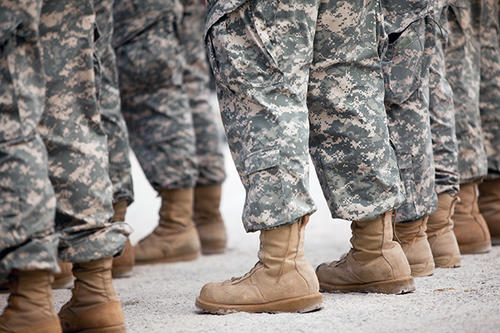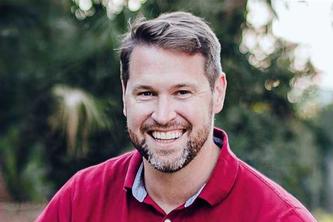
Americans who die or are wounded in today’s wars are increasingly coming from the poorer parts of our country, says a new study.
“Invisible Inequality: The Two Americas of Military Sacrifice,” a study by University of Minnesota law professor Francis Shen and Boston University political scientist Douglas Kriner, reveals a growing income gap in military sacrifice.
The study looks at the difference between the median household incomes of communities with the top 25 percent casualties and all other communities. Starting from in World War II, when there was almost no casualty gap, the gap—in today’s dollars—grew to $5,000 in the Korean War, $8,200 in the Vietnam War, and now is more than $11,000 in Iraq and Afghanistan.
“These two Americas of military sacrifice constitute invisible inequality because the issue is routinely overlooked by scholars, policymakers, and the public,” the researchers say.
Using a variety of data and statistical tools, Shen and Kriner show the social consequences of this inequality. For instance, soldiers returning home to weaker social support structures are at greater risk of developing mental disorders.
The inequality in sacrifice also increases political inequality. Communities with the weakest voice in Washington bear the burden when America goes to war.
The researchers argue that the path forward is to renew public debate over inequality in military sacrifice. Their study includes an experiment showing that such a public debate could spur Congress into action.
“We need a national conversation on this issue,” Shen says. “The invisible inequality of military sacrifice should be invisible no more.”
- Categories:
- Law and Policy




